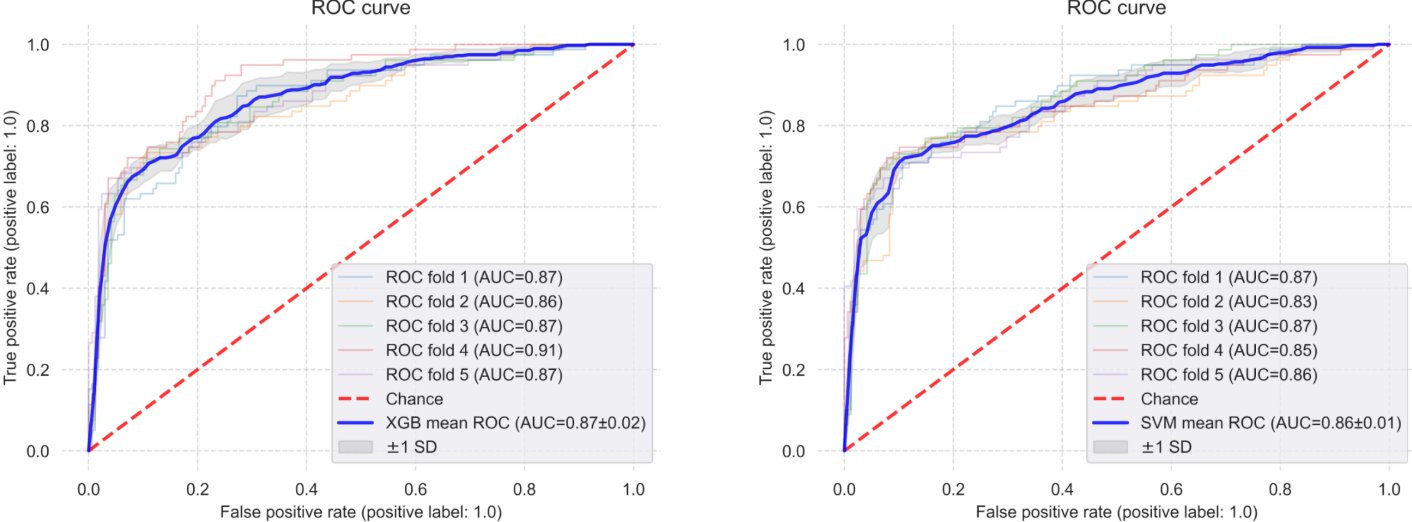
Feature Selection for Physical Activity Prediction Using Ecological Momentary Assessments to Personalize Intervention Timing: Longitudinal Observational Study
Abstract
Background: There has been a surge in the development of applications that aim to improve health, physical activity (PA), and well-being through behavior change. These apps often focus on creating a long-term and sustainable impact on the user. Just-in-time adaptive interventions (JITAIs) based on passive sensing of the current user context (e.g., from smartphones and wearables) have been devised to enhance the effectiveness of these apps and foster PA. JITAIs aim to provide personalized support and interventions, such as encouraging messages, in a context-aware manner. However, based on a limited range of passive sensing capabilities, getting the timing and context right for delivering well accepted and effective interventions is often challenging. Ecological Momentary Assessment (EMA) can provide personal context by directly capturing user assessments (e.g., moods and emotion). Thus, EMA might be a useful complement to passive sensing in determining when JITAIs are triggered. Yet, extensive EMA schedules need to be scrutinized as they can increase user burden. Objective: Use machine learning (ML) to balance feature set size of EMA questions with prediction accuracy regarding likelihood of enacting PA. Methods: A total of 43 healthy participants (ages 19-67) completed four EMA surveys daily for three weeks. These surveys prospectively assessed different states including both motivational and volitional variables of PA preparation (e.g., intrinsic motivation, self-efficacy, perceived barriers) alongside stress and mood/emotions. PA enactment was assessed retrospectively via EMA and served as the outcome variable. Results: The best performing ML models predicted PA engagement with an AUC score of 0.87 ± 0.02 SD in 5-fold cross validation and 0.87 on test set. Particularly strong predictors included self-efficacy, stress, planning, and perceived barriers, indicating that a small set of EMA predictors can yield accurate PA prediction for these participants. Conclusions: A small set of EMA based features like self-efficacy, stress, planning and perceived barriers can be enough to predict PA reasonably well and can thus be used to meaningfully tailor JITAIs such as sending well-timed and context aware support messages.
There was an error parsing the extra annotation field from the bib file: Company: JMIR mHealth and uHealth Distributor: JMIR mHealth and uHealth Institution: JMIR mHealth and uHealth Label: JMIR mHealth and uHealth Publisher: JMIR Publications Inc., Toronto, Canada